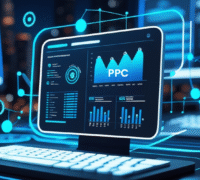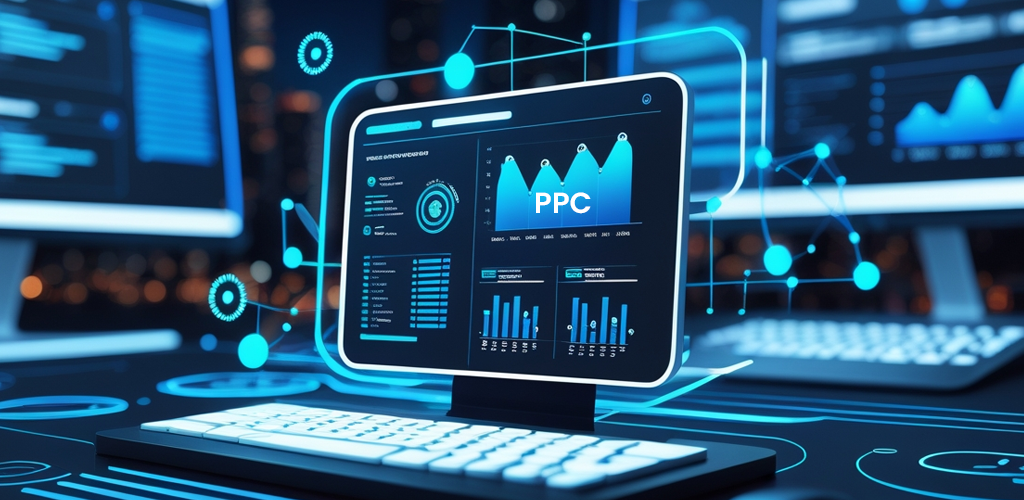Google Ads is rolling out a new experimental feature called the “Website Optimizer,” and it’s generating a lot of excitement among advertisers. This tool is designed to help businesses improve their landing pages directly inside the Google Ads platform, making campaign performance stronger without needing complex technical work. For companies looking to stay ahead in the digital advertising game, especially those partnering with a PPC Management Company in India, this update can be a powerful advantage.
What is the Google Ads Website Optimizer?
The Website Optimizer is a new built-in tool that helps advertisers create, edit, and enhance landing pages. Google is testing it with select accounts, but early insights show that it provides a simple editor where marketers can adjust layouts, add or remove elements, and improve the overall user experience. The goal is to reduce the bounce rate and increase conversions by ensuring that the landing page matches the user’s intent and loads quickly.
Why is Google Testing This Feature?
Google Ads wants to solve a major problem that many businesses face: poor landing page performance. Even with perfect targeting and great ads, conversions drop when users land on slow, cluttered, or confusing pages. Website Optimizer aims to fix this by giving advertisers a tool to optimize pages without needing a developer. This test phase helps Google understand how advertisers use the tool and how it impacts ad performance.
How This Tool Can Improve Ad Campaigns
A well-optimized landing page plays a crucial role in Quality Score, which directly influences cost-per-click and ad ranking. By using the Website Optimizer, advertisers can test different layouts or content structures and make real-time improvements. Pages that load faster and provide a clearer message create a better user experience, resulting in more conversions. This tool also aligns ads and landing pages more closely, something that Google rewards with better performance metrics.
Why Businesses Should Care About This Update
This update matters because it simplifies a part of digital marketing that many businesses struggle with. Instead of outsourcing every landing page change or waiting for a developer, advertisers can make smart adjustments instantly. For growing companies or startups, this flexibility saves time and boosts campaign efficiency. Even established brands can benefit from faster optimization cycles and improved conversion rates.
Role of a PPC Management Company in India
Working with a PPC Management Company in India becomes even more valuable with tools like Website Optimizer. Such companies already understand ad performance, user behavior, and landing page best practices. With access to this new tool, they can enhance campaigns even more efficiently. They can create better-performing pages, run experiments faster, and optimize for results without adding technical complexity. This helps businesses achieve higher returns from their ad spend while staying aligned with Google’s best practices.
Conclusion
The new Website Optimizer from Google Ads has the potential to change how businesses manage their landing pages. By simplifying page improvements and connecting them directly with ad performance, Google is making optimization easier than ever. As the tool continues to be tested and refined, advertisers can expect better campaign results and a smoother workflow. Partnering with an experienced PPC Management Company in India will help businesses make the most of this innovation and stay ahead in a competitive digital world.










